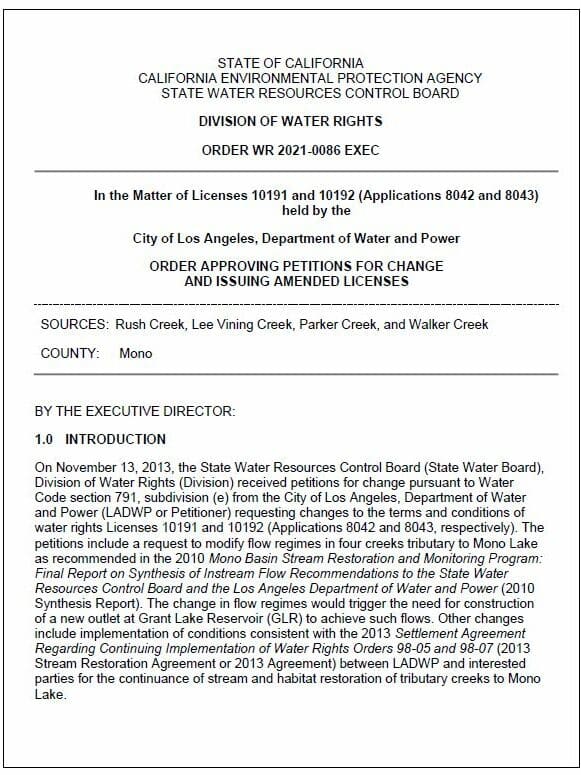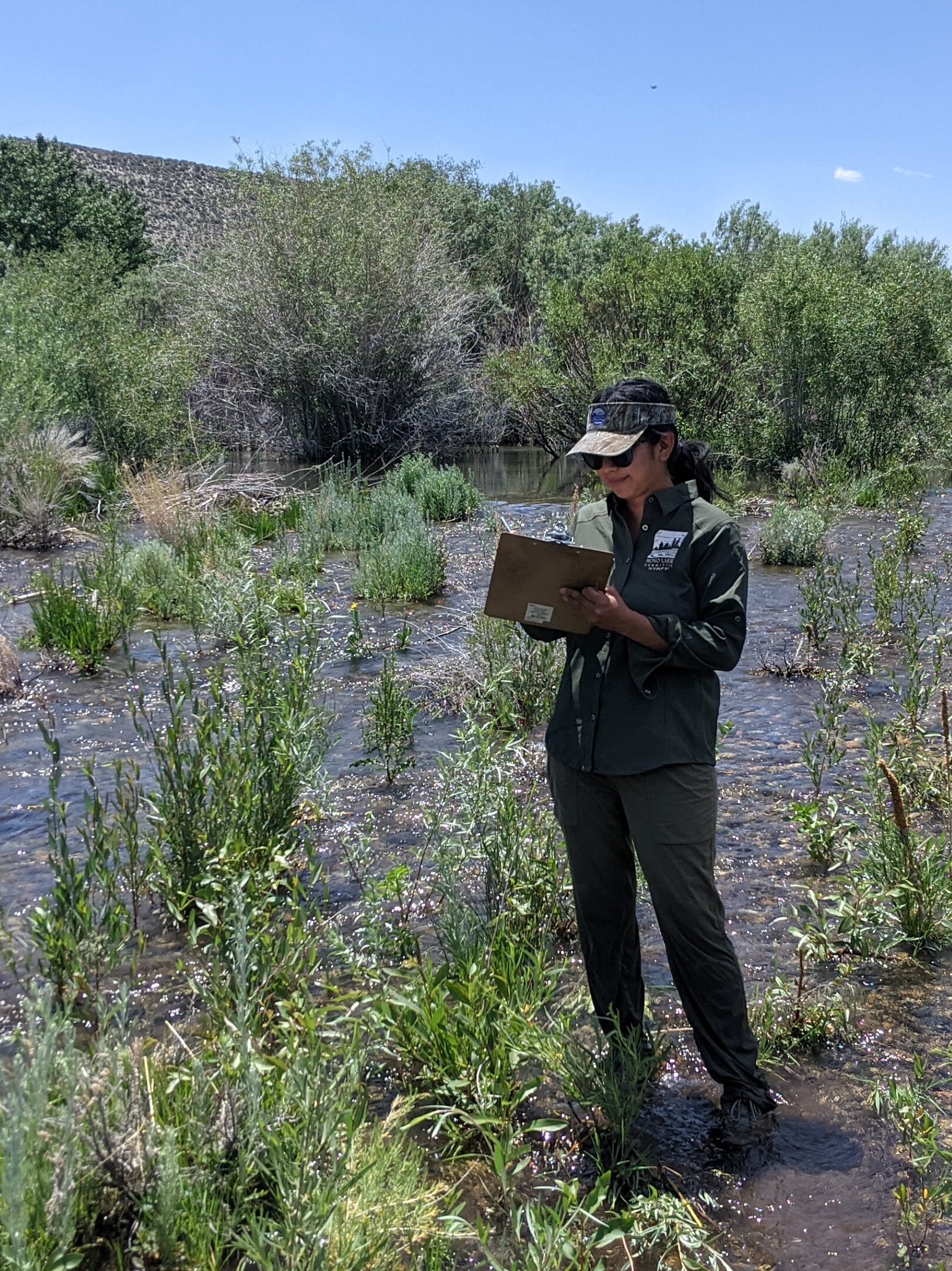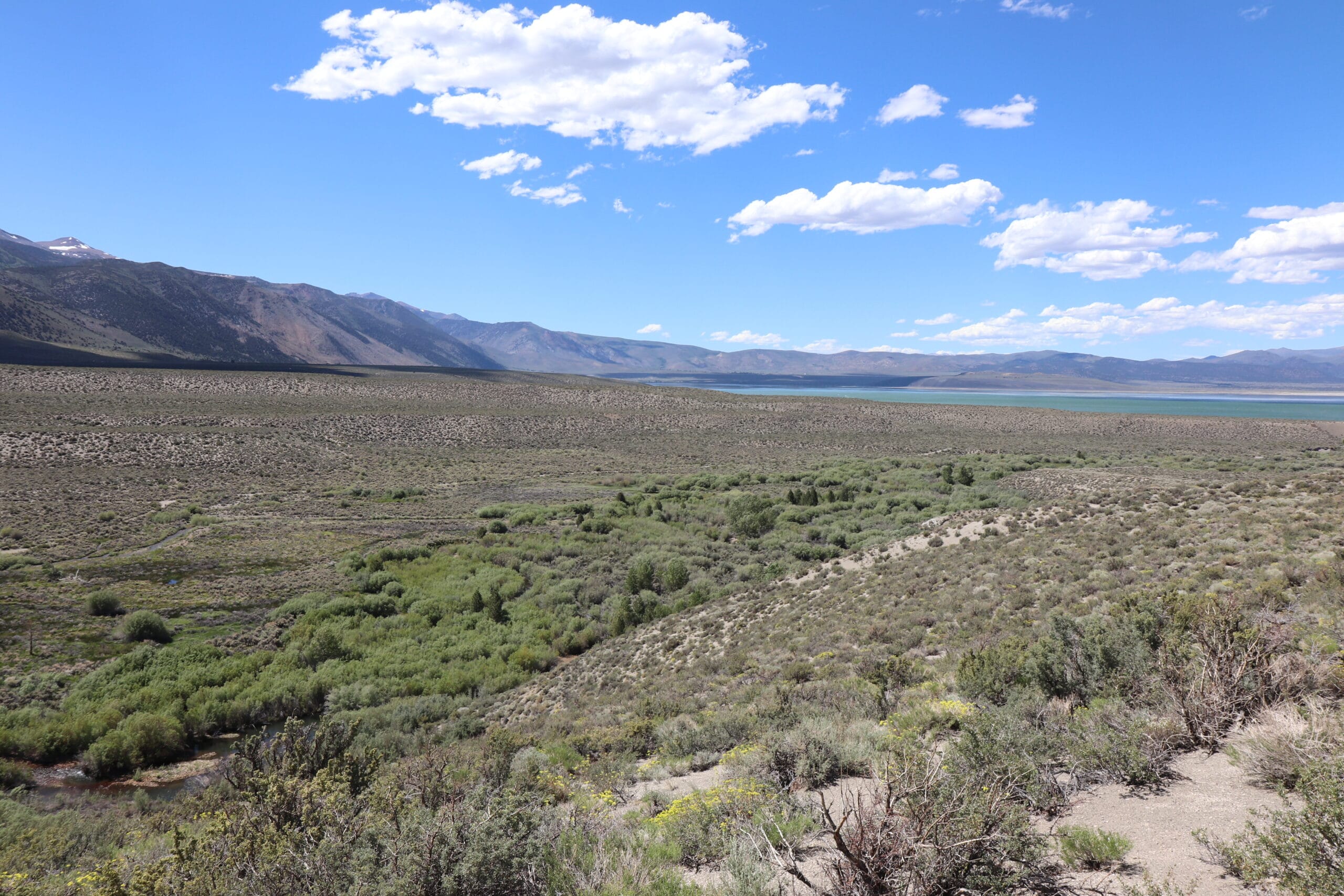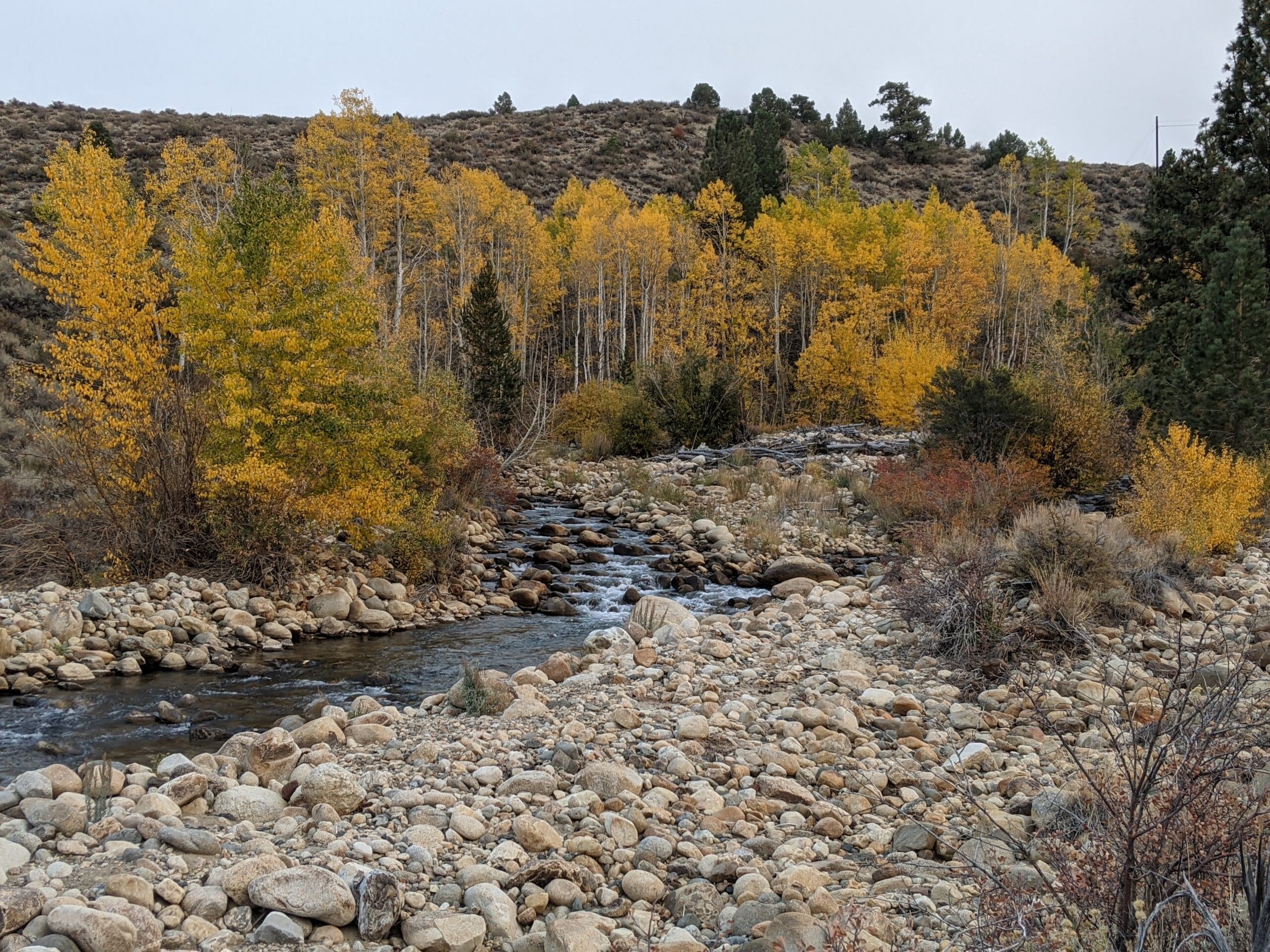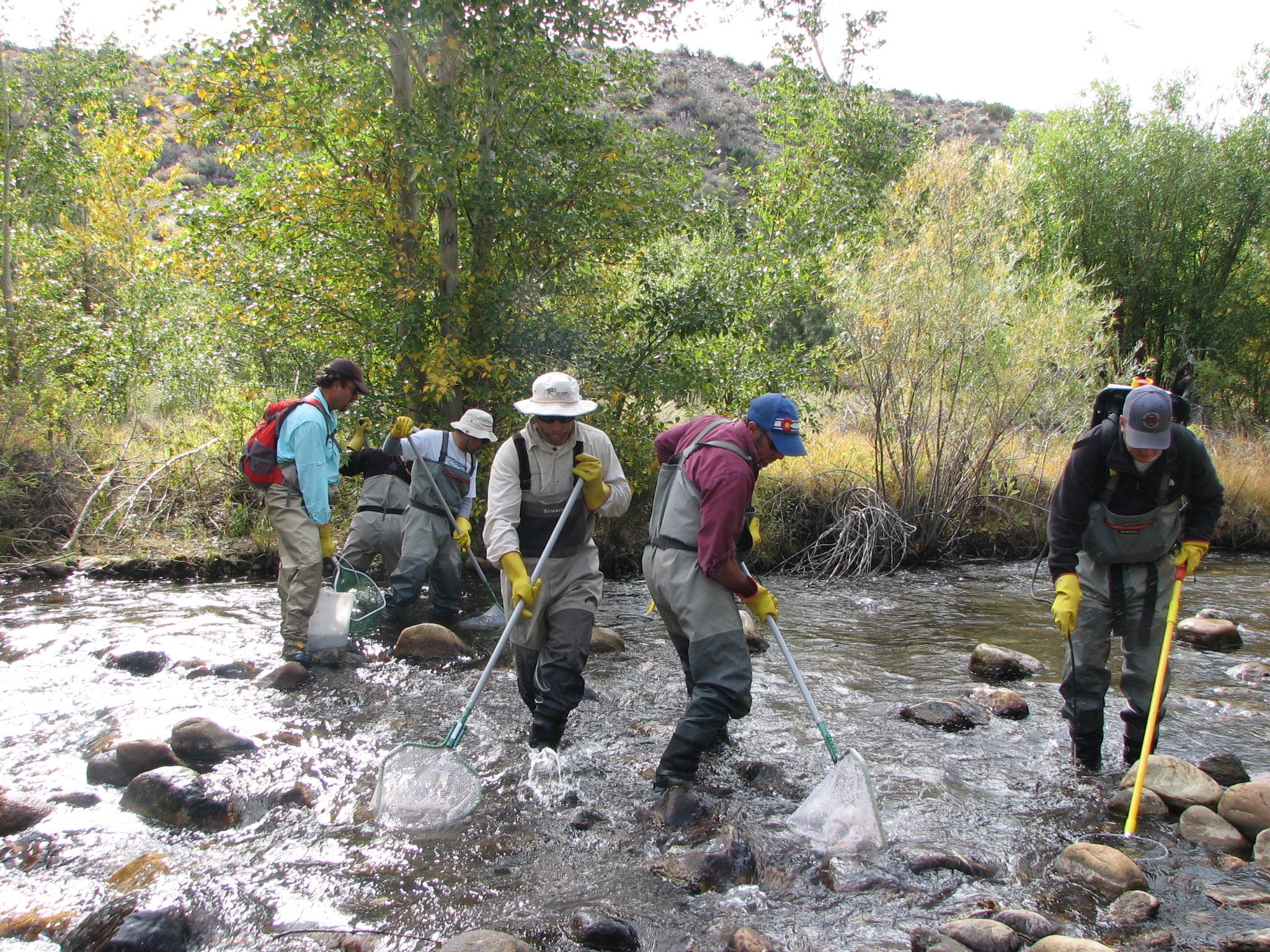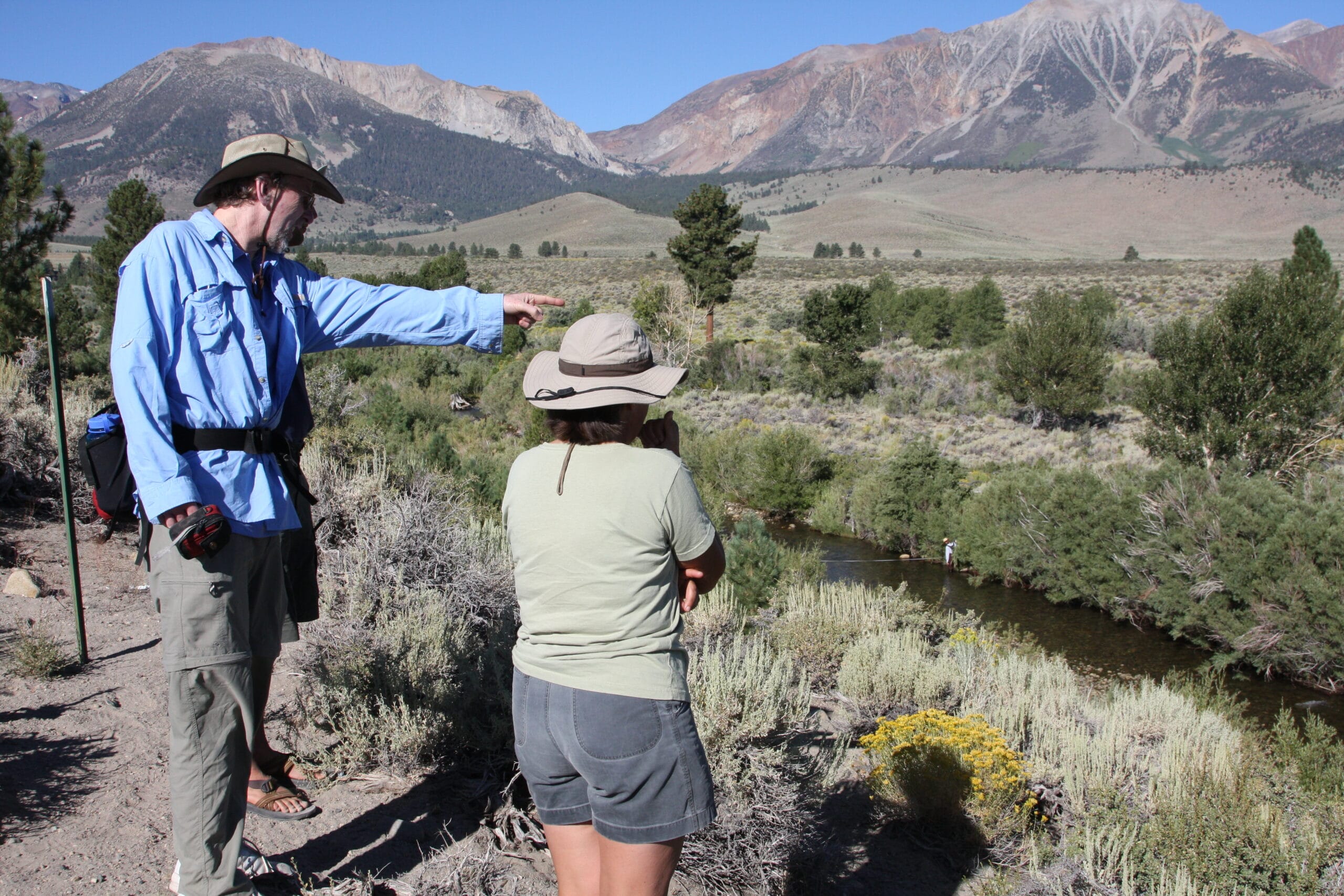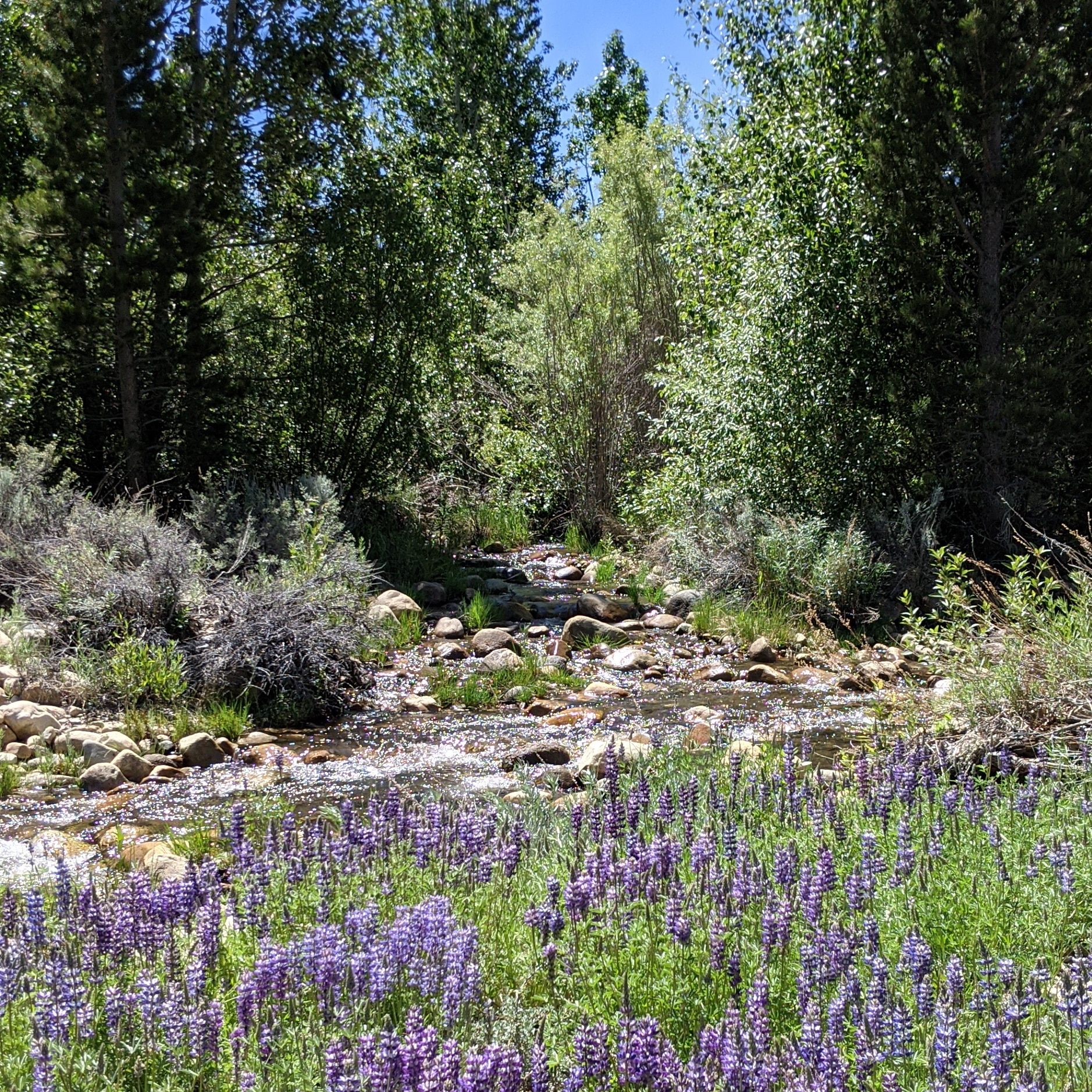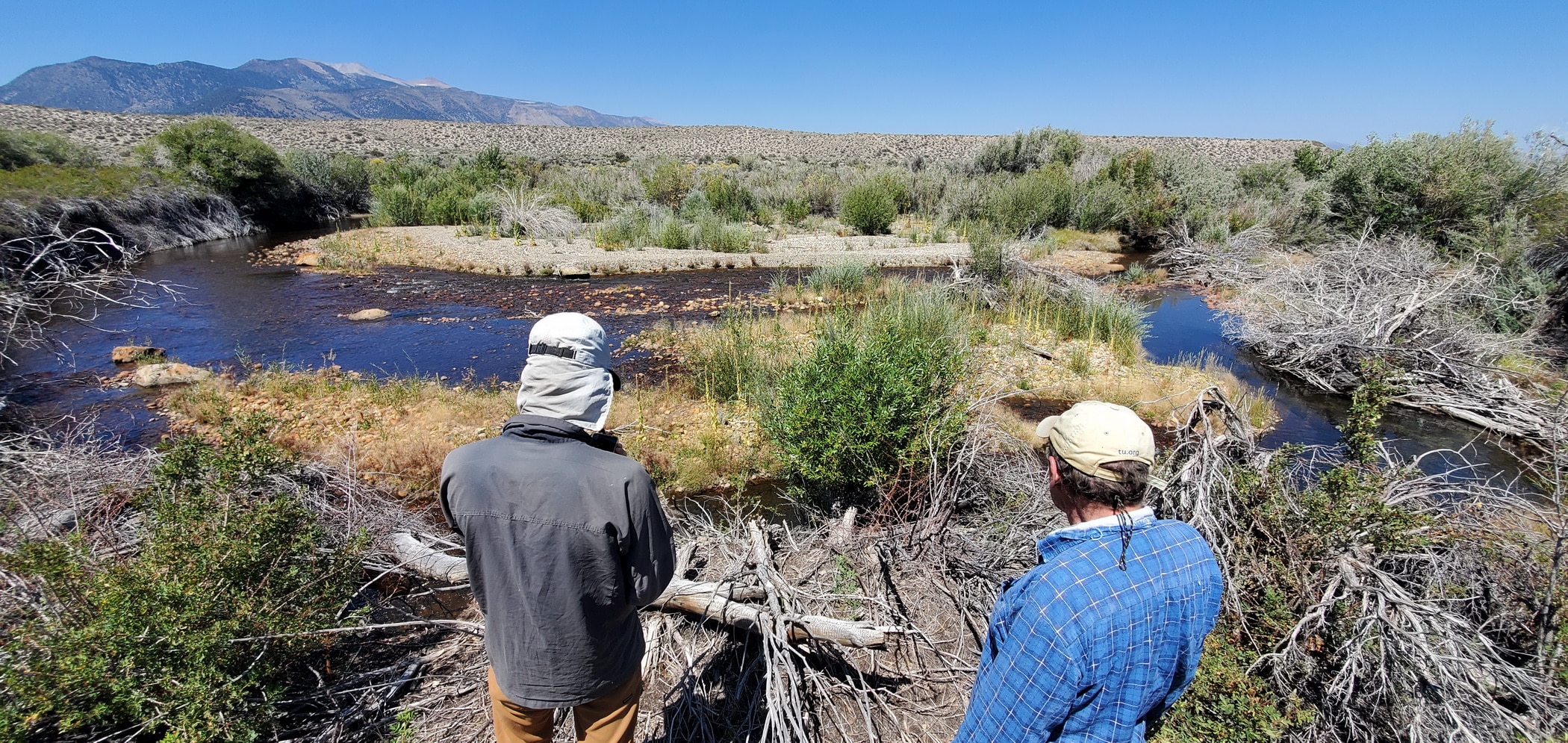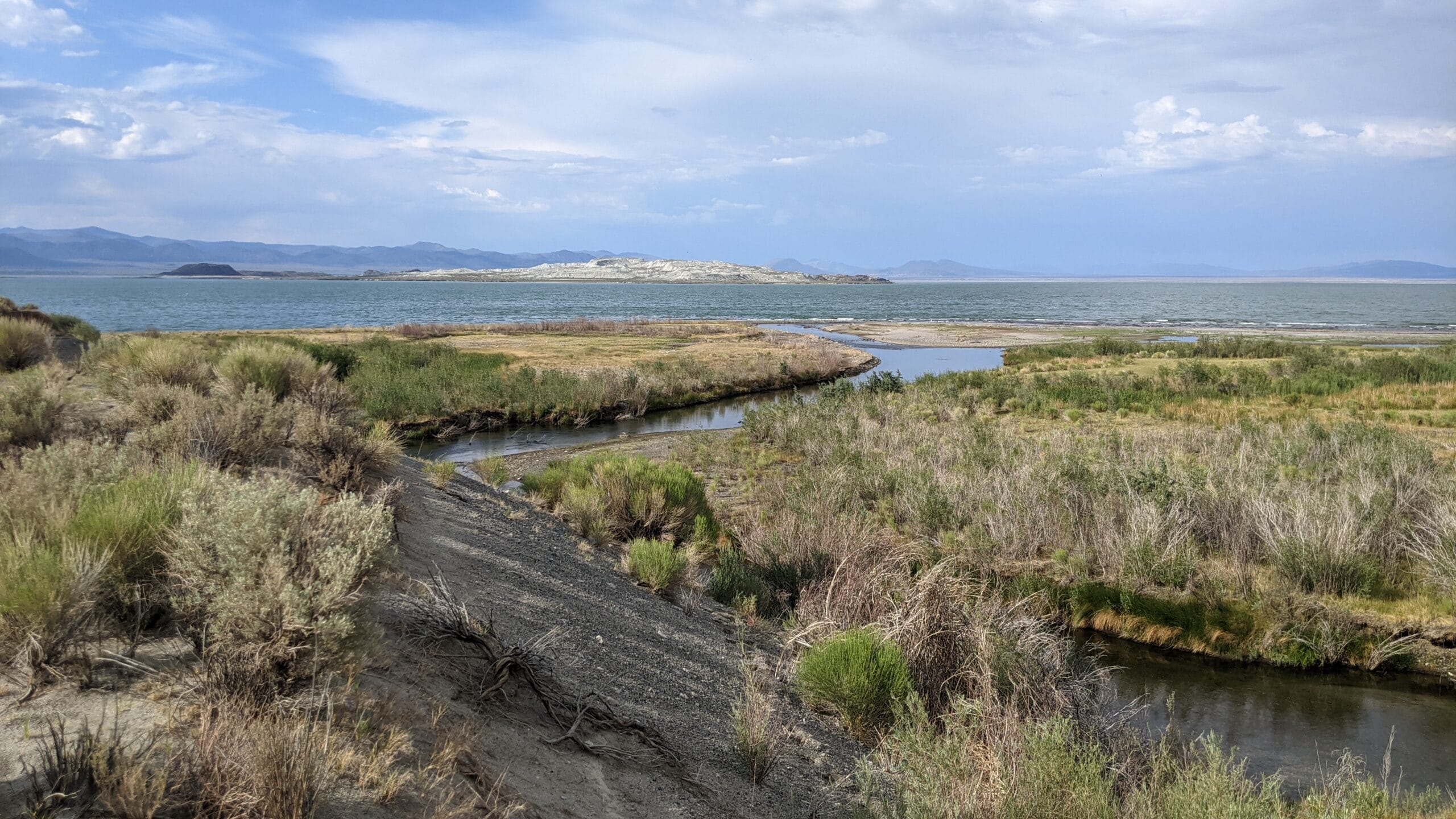
Great news for Mono Lake’s tributary streams!
Yesterday evening in Sacramento the California State Water Resources Control Board issued Order WR 2021-0086 EXEC amending the Mono Basin water rights of the City of Los Angeles to incorporate extensive new requirements that maximize the restoration of the 20 miles of streams, forests, and fisheries that lie downstream of the Los Angeles Aqueduct diversion dams.
The action draws on decades of detailed scientific study to prescribe specific measures that will significantly advance the recovery of the streams, trout populations, and the streamside forests and wildlife, all of which suffered extensive damage due to past excessive water diversions by the Los Angeles Department of Water & Power (DWP).
The Board’s measures are also essential to building the resilience the stream habitats desperately need as climate change impacts, such as rising water temperatures and extended drought, increase.
A landmark order for streams
The new requirements were designed by independent fisheries and stream scientists tasked with identifying the best methods to accomplish the State Water Board’s goal of restoring “functional and self-sustaining stream systems with healthy riparian ecosystem components” and “trout in good condition.” The order requires delivery of sophisticated instream water flows to Rush and Lee Vining creeks that mimic natural patterns of Sierra snowmelt to reactivate the processes that will shape and sustain the streams. The order also ends the diversion of Walker and Parker creeks altogether.
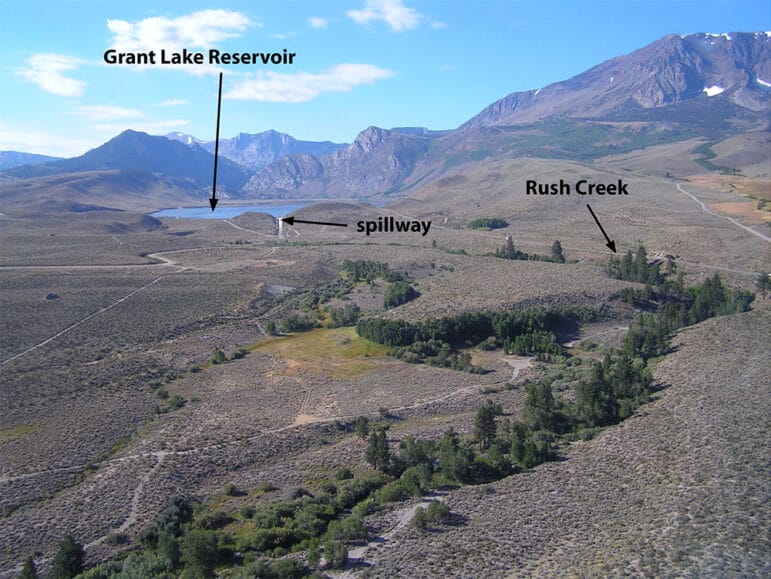
The Board’s landmark action is built on a voluntary settlement agreement between the Mono Lake Committee, DWP, California Department of Fish & Wildlife, and California Trout. The agreement set forth mutually agreeable ways to advance stream restoration and was submitted to the State Water Board in 2013.
“In the face of rising temperatures and drier climates, we have to rethink the way we preserve our natural world, and work together to ensure we can count on access to water for generations to come,” said Mayor Eric Garcetti. “This collaboration between the City of Los Angeles, Mono Lake Committee, and the State will help make some of our most crucial waterways more resilient as we grapple with our new reality of longer and more intense droughts.”
“Thanks to the State Water Board’s leadership, a new era of science-based stream restoration is now underway that will benefit fish, wildlife, and all Californians,” said Geoffrey McQuilkin, Mono Lake Committee Executive Director. “We are proud to join together with Mayor Garcetti, the City of Los Angeles, and conservation partners to support and implement this bold phase of the programmatic effort to restore Mono Lake and its tributary streams.”
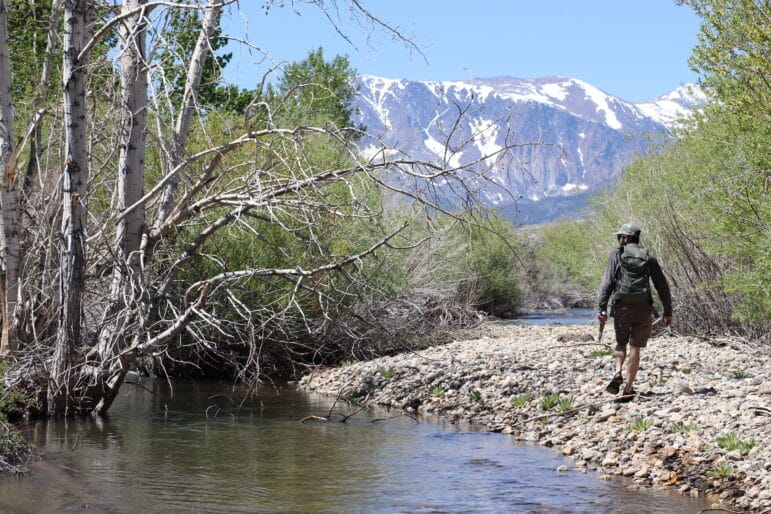
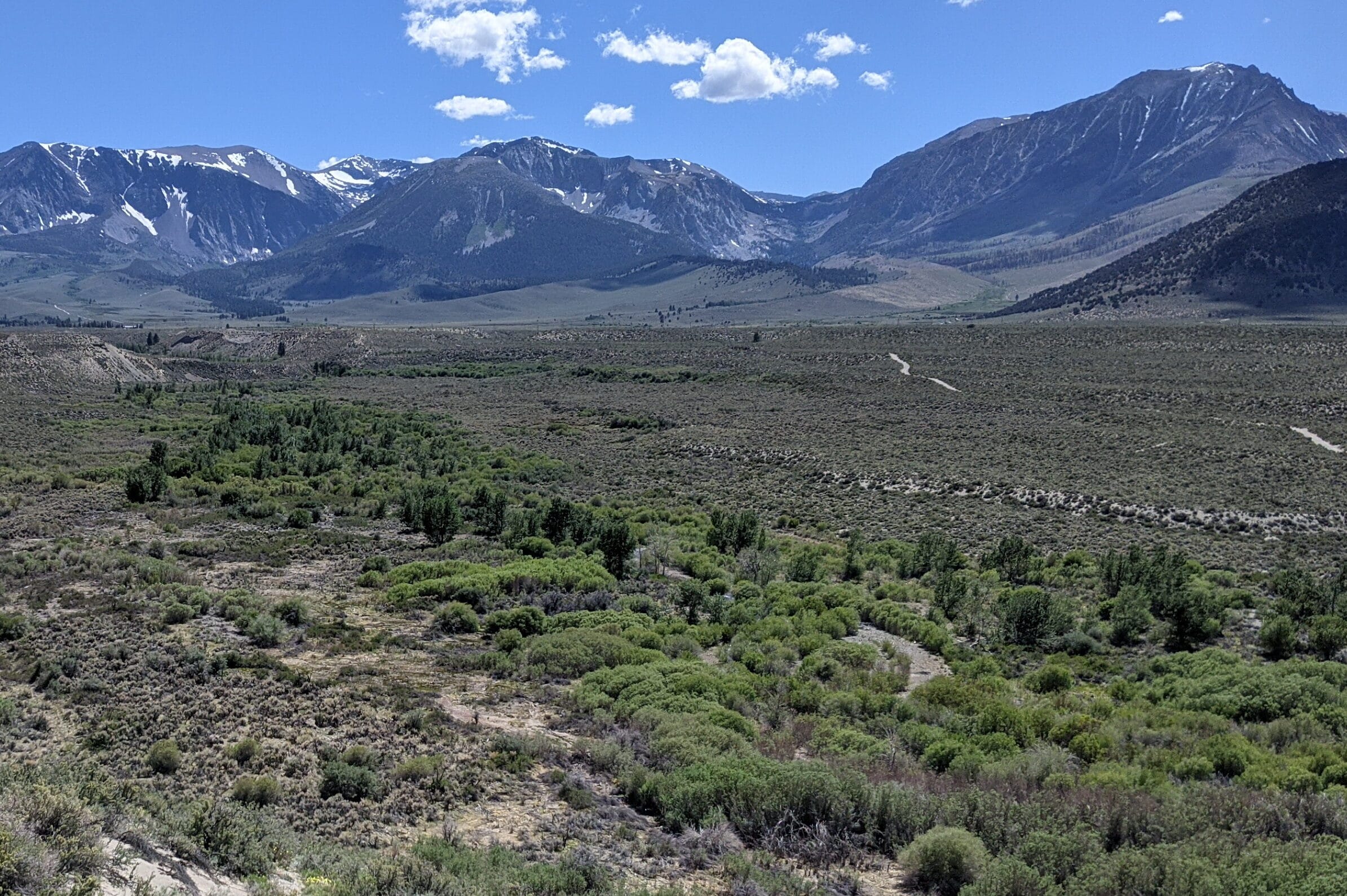
Grant Dam modernization required
A significant action item will be the modernization of antiquated aqueduct infrastructure at the Grant Lake Reservoir Dam, which was constructed in the 1930s and lacks the capacity to release necessary wet year water flows into Rush Creek. DWP crews will modify the reservoir spillway to create additional release capacity, creating workforce and economic development benefits as well. The project is designed and environmental review is complete, meaning work can get underway in 2022.
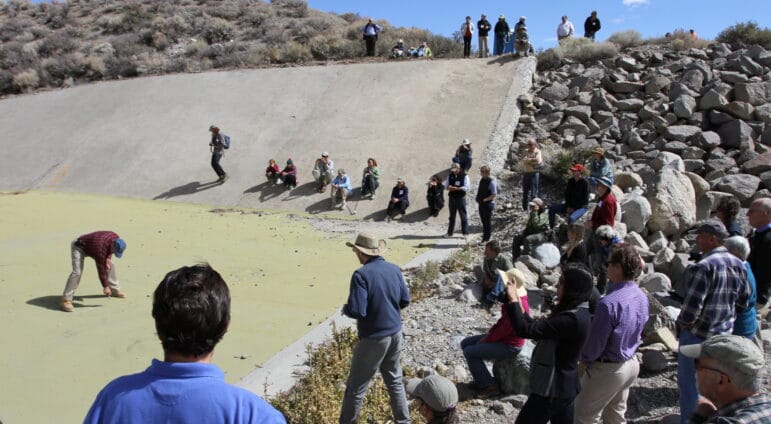
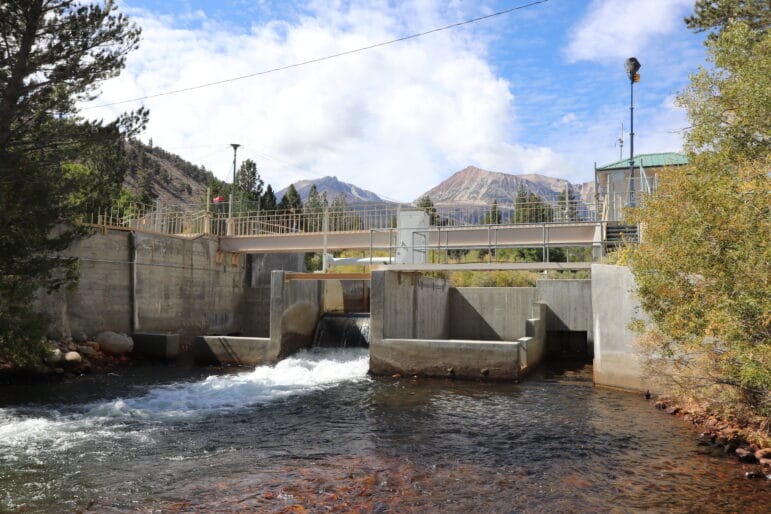
Restoration monitoring continues
Order WR 2021-0086 EXEC also establishes an ongoing process for science-based adaptive management of annual flow patterns. A monitoring program run by the Stream Monitoring Directors Ross Taylor and Dr. Bill Trush will evaluate the success of the stream restoration measures. For improved efficiency, administration of monitoring activities will be jointly run by a new team made up of the settlement parties. A separate matter of dispute over Mono Lake monitoring is also resolved with the appointment of Dr. John Melack as Limnology Director.
A new era of stream restoration
Years of hard work have gone into reaching this landmark moment. Mono Lake Committee supporters know well that persistence and collaborative effort are essential ingredients for healing Mono Lake and its tributary streams. Indeed, work remains to ensure Mono Lake reaches its mandated sustainable management level. This State Water Board action shows that these lengthy efforts can lead to positive results. As the yellows and oranges of fall tinge the aspens and cottonwoods, the creeks now flow to Mono Lake alive with the promise of a healthier, sustainable future.
